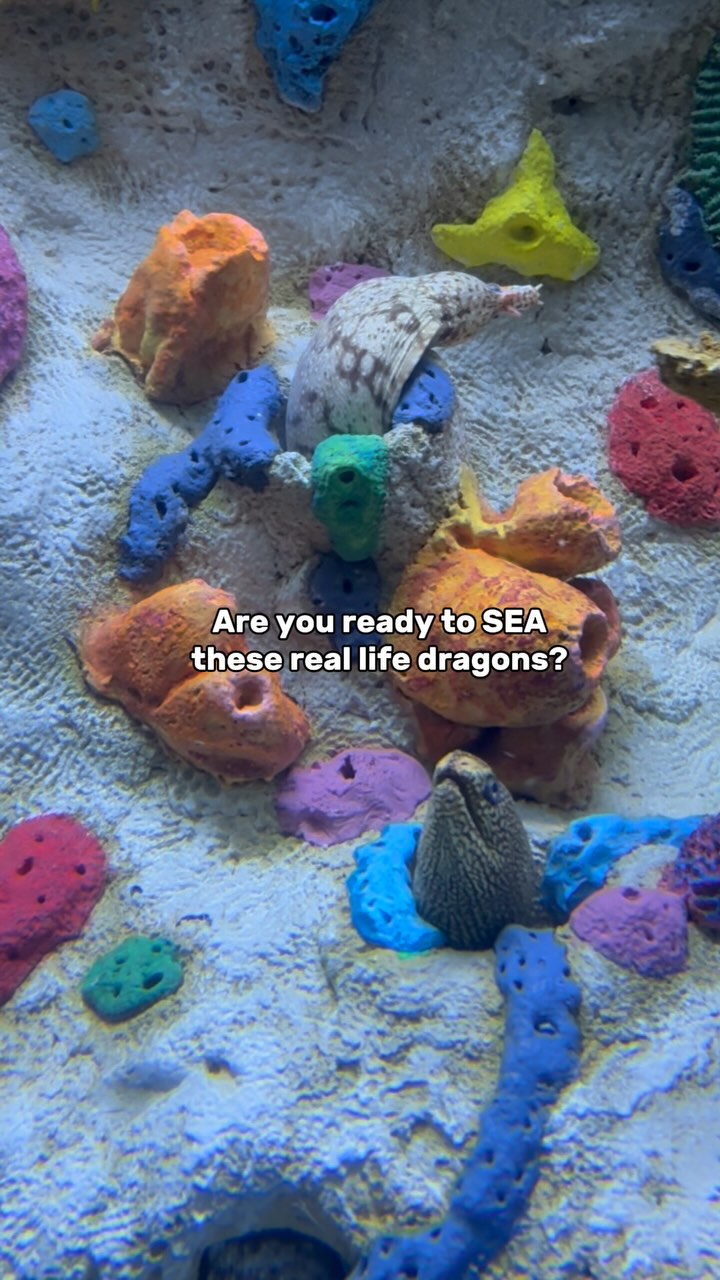- Explore the dragon moray eel’s unique appearance and adaptations.
- Detail the habitat and distribution of the dragon moray eel.
- Investigate the ecological role and behavior of the dragon moray eel.
- Discuss the significance of dragon moray eels in marine conservation.
- Highlight the challenges and efforts in conserving marine habitats.
The dragon moray eel, Enchelycore pardalis, is a striking example of nature’s creativity. With its vivid coloration and formidable jaw structure, it truly resembles mythical dragons. Found primarily in Indo-Pacific reefs, the dragon moray eel has horn-like protrusions that give it a fierce appearance. These projections, located just above its eyes, serve as an evolutionary tool, enhancing its predatory efficiency by breaking up its outline against the vibrant reef backdrop.
This eel’s elaborate coloring is not merely for show. With a body adorned in a tapestry of orange, black, and white, it uses camouflage effectively to ambush prey. As an efficient nocturnal predator, the dragon moray eel relies on stealth and patience, using its keen sense of smell to detect prey. An opportunistic hunter, it feeds on fish, octopuses, and crustaceans, using its needle-sharp teeth to secure slippery quarry.
The dragon moray eel’s natural habitat spans the Indo-Pacific, from Japan to Hawaii and down to the Great Barrier Reef. Preferring the intricate crevices of coral reefs, these eels are often found nestled deep within the labyrinthine structures. These environments provide both protection from larger predators and a strategic advantage for hunting. The coral reefs themselves support a diverse ecosystem, and the dragon moray eel plays a crucial role in maintaining this balance by regulating fish populations.
Coral reefs, bustling with biodiversity, are vital to marine life. Home to countless species, they offer shelter, breeding grounds, and nourishment. The dragon moray eel contributes significantly to the reef’s dynamic by managing prey numbers and contributing to the energy flow within the ecosystem. This balance is crucial; an overabundance of certain species can lead to the degradation of coral environments.
Conservation of marine habitats like the coral reefs is paramount, given their critical ecological roles and the threats they face. Climate change, pollution, and overfishing are primary concerns that jeopardize these environments. The dragon moray eel, like many reef inhabitants, is vulnerable to these threats. Rising ocean temperatures and coral bleaching impact their habitats, while pollution and habitat destruction further threaten survival.
Efforts in marine conservation are multifaceted, involving habitat protection, pollution control, and sustainable fishing practices. Marine protected areas (MPAs) have been instrumental in providing safe havens for myriad species, including the dragon moray eel. By restricting damaging activities and promoting biodiversity through education and community engagement, these initiatives strive to preserve the intricate balance of marine ecosystems.
In preserving the dragon moray eel’s habitat, we safeguard more than just this single species. The overarching goal is to maintain the health of coral reefs, among the most productive ecosystems on Earth. Public awareness and scientific research are key. Understanding ecological interplay aids in the development of targeted conservation strategies, reducing human impact and fostering coexistence between marine life and human activities.
The dragon moray eel embodies the wonder of marine biodiversity and its study sheds light on the intricate interactions within coral reef ecosystems. Through continuous conservation efforts, and with ongoing global awareness, there’s hope for sustaining these vibrant underwater worlds. The survival of the dragon moray eel—and countless other species—depends on our commitment to responsible stewardship of the oceans.
*****
Source Description
This dragon doesn’t fly, it swims! 🐉
Say hello to the dragon moray eel, a fierce-looking predator native to the Indo-Pacific reefs. With horn-like bumps on its head, it looks like something straight out of a fantasy novel.
Slither over to our newest gallery, Dragons, opening soon!

